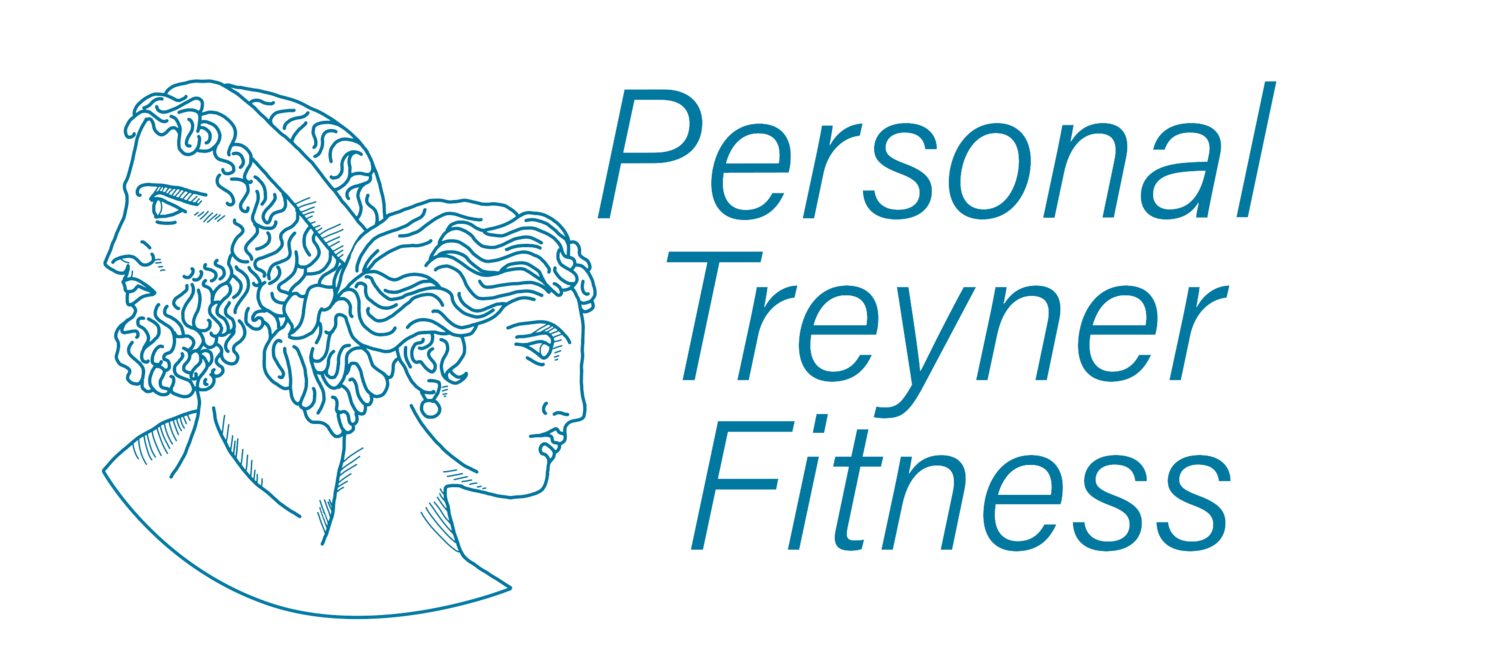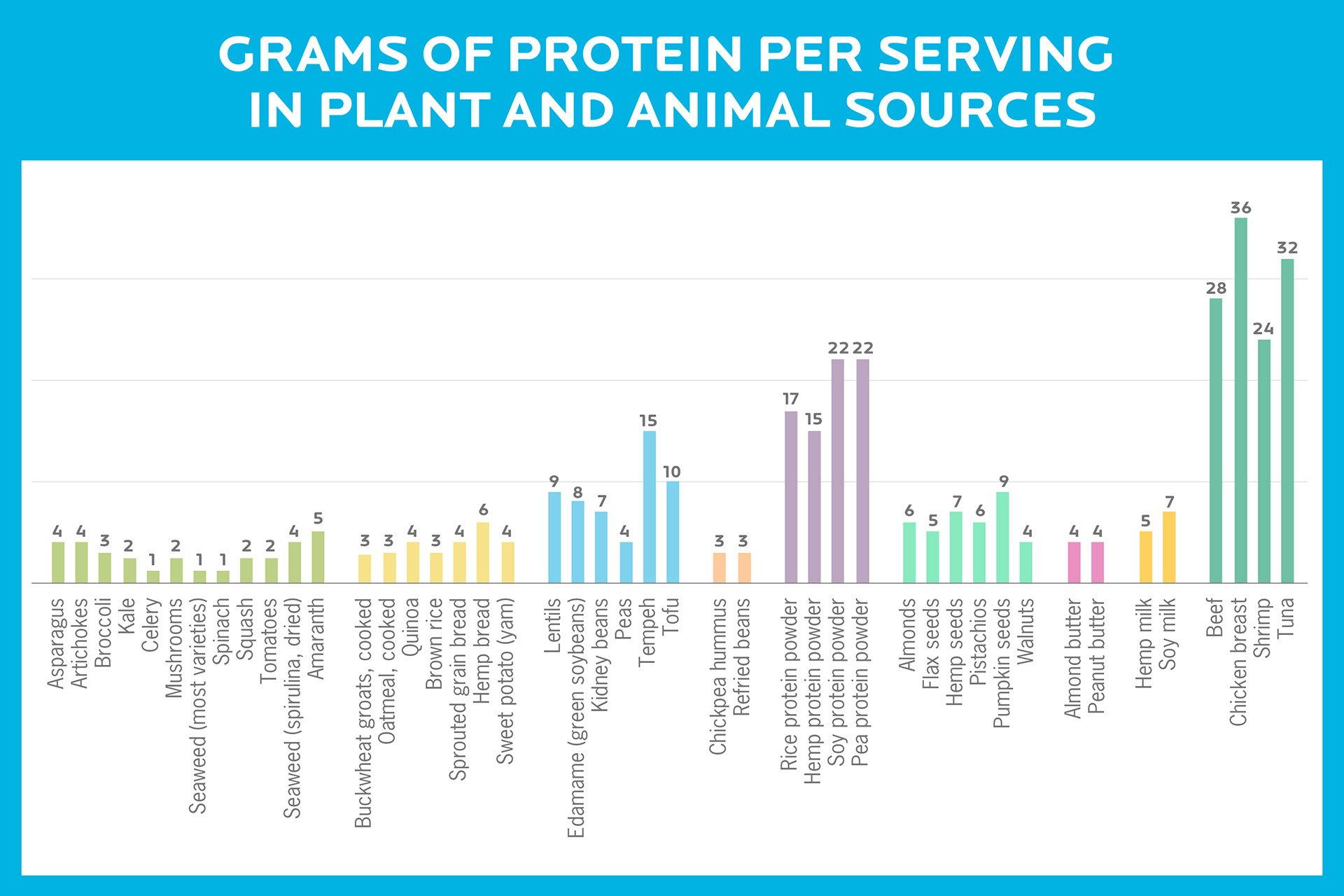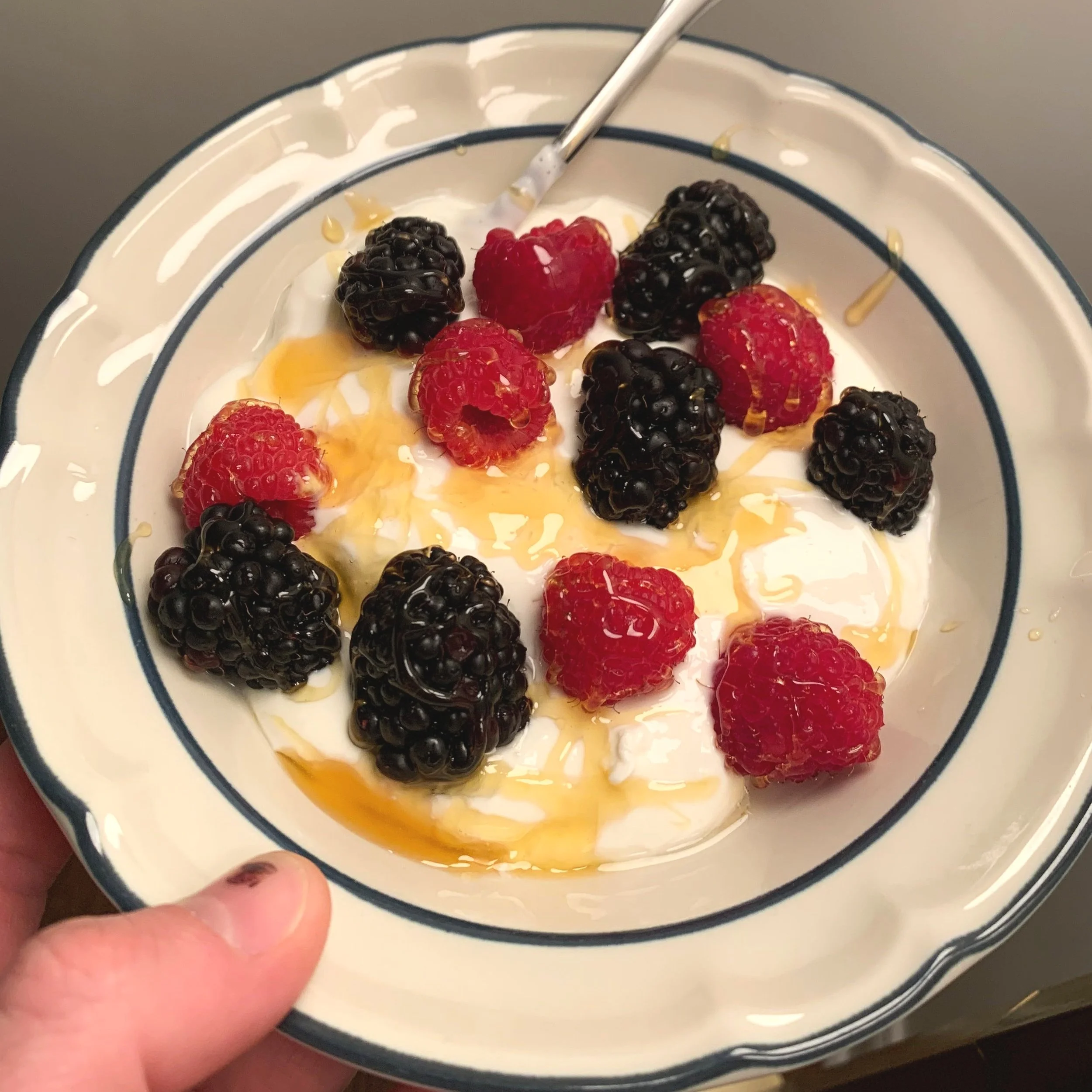Prioritize Protein, the Keystone Dietary Macro for Metabolic Health
Special thanks and gratitude to Kyle Maistri for advising and editing this article.
For the first time in human history, we are now more likely to die from diseases related to food overconsumption (obesity, diabetes, heart disease, etc.) than to food underconsumption (starvation, malnutrition, etc.). In the modern industrialized world, we have succeeded in producing an abundance of calories and nutrients for our citizens, yet our knowledge of how to navigate that landscape, and our discipline in doing so, lags behind. Lack of a well-formulated diet keeps many people from achieving their ideal level of health and fitness.
There are many schools of thought on what and how to eat. In this article, I’m going to make a case for the positive effects of prioritizing protein within your diet.
If you build every meal around protein, it will help you maintain a healthy weight, allow your insulin and blood sugar to normalize, and help you build muscle.
Protein is the most satiating of all macronutrients and contains the amino acids that are the building blocks of the body. Here is 4oz of smoked salmon with sour cream on top - seasoned with black pepper and dill. It’s a great and easy snack. The salmon has 150 calories, packed with 27g of protein and full of omega-3 fats. The sour cream adds about 50 calories, mostly from saturated fat, which I believe has been wrongly demonized, but that’s a topic for another day.
A Modern Dilemma
In the modern food landscape, we are inundated with ultra-processed food. Many of these food products are high in carbohydrates and fats. The carbohydrates are usually in the form of grains and the fats are usually in the form of vegetable seed oils. It is no wonder that most modern humans are overweight or obese considering they are overconsuming carbohydrates at a level that would have never been possible when our bodies evolved in nature.
Carbohydrates have their place, especially if you are working out or an athlete, but most people just aren’t that active. Nor do most people have the muscle mass to properly utilize carbohydrates. The more muscle you have, the more glycogen you can properly store. Glycogen is the stored form of glucose (carbohydrates) and muscles are incredible glycogen sinks. If your muscle glycogen is full, guess where those extra consumed carbs go? Once these stores max out, any excess glycogen is converted into a type of fat called triglycerides.
Because of all this, I highly recommend utilizing animal products as your primary fuel source. A majority of people are overweight and obese, which leads to metabolic dysfunction and a host of diseases. Animal products are the most nutrient dense foods available that supply the body with what it needs, while being relatively low in overall calories. Because they are nutrient dense, they are satiating and curb hunger. They are high in protein and in fat, both having low to no effect on insulin levels. In an ultra-processed landscape, riddled with carbohydrates, many individuals are constantly spiking their insulin to the point of their body not being able to properly utilize insulin, causing metabolic syndromes. Lowering insulin spikes can make these individuals more insulin sensitive, curb hunger cravings, and bring their body back to a level of balance.
A few years ago, I stumbled across Shawn Baker, a former Air Force Orthopedic Surgeon who was thriving eating nothing but steak and eggs. His diet would later be coined the carnivore diet, but seeing this really blew my mind and challenged what I thought of as the appropriate human diet. The body is suppose to need fiber for digestion and carbohydrates for fuel, right?!
Ancestry
Imagine humans 100,000 years ago – what food sources were available to us? According to the anthropological record, humans of the past were hunter-gatherers. Human bodies have not evolved much, if at all, since that time – the modern human is very similar to the human of 100,000 years ago. However, modern humans exist in a complicated food context riddled with foods and food-like products that did not exist until a few hundred years ago.
What was our primary food source in our hunter-gatherer past? Animals. We hunted animals and consumed them, nose to tail, utilizing the nutrient dense organs, the protein packed muscle meat, and the animal fats, which fueled our bodies. Animals were available no matter the season, from the dead of winter to the heat of summer, critters were living out their lives.
Carbohydrates, on the other hand, were seasonal. Plants would bear fruit in the Spring and Summer, with tubers available to be dug up with correct plant identification. Most plants take some level of processing to make them nutritious for humans – an act that takes calorie expenditure to extract calories from the source. Sometimes it took more calories to process the plant material than the plant material would provide. For grains, you must collect hundreds to thousands of tiny seeds that must be husked, ground, soaked and then cooked. Beans have to be soaked and then cooked. Tubers have to be located, dug up, and then cooked. In addition, if you've ever tried to forage for wild food you know, most plants will make you sick and possibly kill you upon consumption. Even red kidney beans, if not properly soaked, can kill you! Therefore, it stands to reason that plant sources were used as a backup to help us survive when animals were in short supply.
The body is amazing and if supplied with the proper amount of fat, it does not need as many carbohydrates for fuel - the body can also utilize fat as a fuel source! And when you think of the facts that ancestrally we were hunters, and animals have both protein and fat - it isn’t hard to understand that humans can thrive on just eating animals. In fact, according to the National Academies of Sciences, Engineering, and Medicine, “The lower limit of dietary carbohydrate compatible with life apparently is zero, provided that adequate amounts of protein and fat are consumed.”
In addition, there are traditional populations that continue to ingest a high-fat, high-protein diet containing only a minimal amount of carbohydrate for extended periods of time (Masai), and in some cases for a lifetime after infancy (Alaska and Greenland Natives, Inuits, and Pampas indigenous people) (Du Bois, 1928; Heinbecker, 1928). There are no apparent adverse effects on health or longevity. Caucasians eating an essentially carbohydrate-free diet, resembling that of Greenland natives, for a year tolerated the diet quite well (Du Bois, 1928). However, a comparative detailed modern study of populations ingesting the majority of food energy from carbohydrate has never been done, though the evidence of its effects are observable all around us.
Protein
Protein is one of the three main maconutrients, the other two being fats and carbohydrates.
Protein can be broken down into amino acids and these amino acids are the building blocks for most of our cells.
Protein is always being utilized by our bodies and unlike fats or carbohydrates (glucose/glycogen), we can not store lots of extra amino acids.
Because of this, we must replenish our protein from our food sources – otherwise our body will utilize protein from our own muscles and other body tissues.
Protein has a high Thermic Effect. When you eat food, your body must expend some energy (calories) to digest, absorb, and store the nutrients in the food you've eaten. This means your body uses calories to break down and digest food! In the case of protein, if you eat 100 calories of protein, your body will only absorb about 70 calories of protein (meaning you are taking less calories in).
Protein properly signals satiation to your body and helps you feel fuller for longer after your meals. It helps you avoid over-consuming carbohydrates and fats. It is a win all around.
So now that you know protein is awesome, what should you do with this knowledge?
Ideally, you should consume 1 gram of protein per pound of LEAN body mass daily.
If you weigh 130lbs and are 10% body fat, the other 90% (117lb) would be your lean mass. 130 x .90 = 117. Therefore, you should shoot for 117g of protein per day.
If this is too complicated, just shoot for .7g to 1g of protein per pound of bodyweight daily. So if you weigh 130 pounds, consume 91 to 130g of protein a day.
Here are some examples of sources of protein:
Red meat or Pork
Poultry
Seafood and Shellfish
Eggs and Dairy
Tofu or Tempeh
Check out this chart below from Precision Nutrition showing the amounts of protein per serving:
Animal protein is far superior
Plant Based Protein
If you are going the plant based route, it is going to take more work to get your necessary protein. You can go the plant route, but there are some things to consider. Many people think of legumes (peas, beans, lentils) and nuts as protein sources. It is true these foods contain protein, but they also contain carbohydrates in the case of legumes, and fats in the case of nuts. If you are shooting for a certain protein goal and using these as your protein sources, realize that you may be intaking more calories trying to hit your protein goal due to the combined carbohydrates and/or fats in these foods. There is nothing wrong with this, it’s just something to be aware of, especially if you are trying to reach a caloric deficit.
In my past, I have tried vegetarianism and ended up having dreams of hamburgers and craving meat. The modern medical system tells people to eat a diet full of grains and to limit certain fats - but I realized when I started incorporating more animal meat into my own diet I felt much better! I didn’t feel as bloated and my energy levels were much more sustained when I prioritized my animal protein. I even started packing on more muscle. Meat is much more than animal protein, it is extremely nutrient dense – full of vitamins and minerals.
A typical day of meals for me would be:
Breakfast: Coffee with whole milk
Lunch: 3 Fried Eggs and 3 Slices of Bacon - Coffee with whole milk
Dinner: 2 meat patties or Steak and roasted sweet potato or carrots
Snacks: Fruit, cheese, nuts, yogurt with honey/maple syrup
In summary, nutrition advice can be quite confusing, and different camps give conflicting advice. Simply put, prioritize your protein and you will set yourself up for success.
I will leave you with this quote, “Absorb what is useful, discard what is useless and add what is specifically your own.” -Bruce Lee
If you need help with losing weight, gaining strength, and learning to move better - contact me today for your free consultation. I look forward to serving you.
To your health,
Trey
Three Fried Eggs Cooked in Butter with Three Slices of Bacon and Raw Cheddar Cheese
Two Beef Patties with Roasted Sweet Potato and Sauerkraut
Two Local Pork Patties (Marble Creek Farmstead) with Glazed Carrots (Julia Child’s)
Ribeye Steak With Roasted Sweet Potatoes and Sprinkled Feta Cheese
Cheese and Honey
Whole Yogurt with Berries - Drizzled with Honey or Maple Syrup (Dessert)








